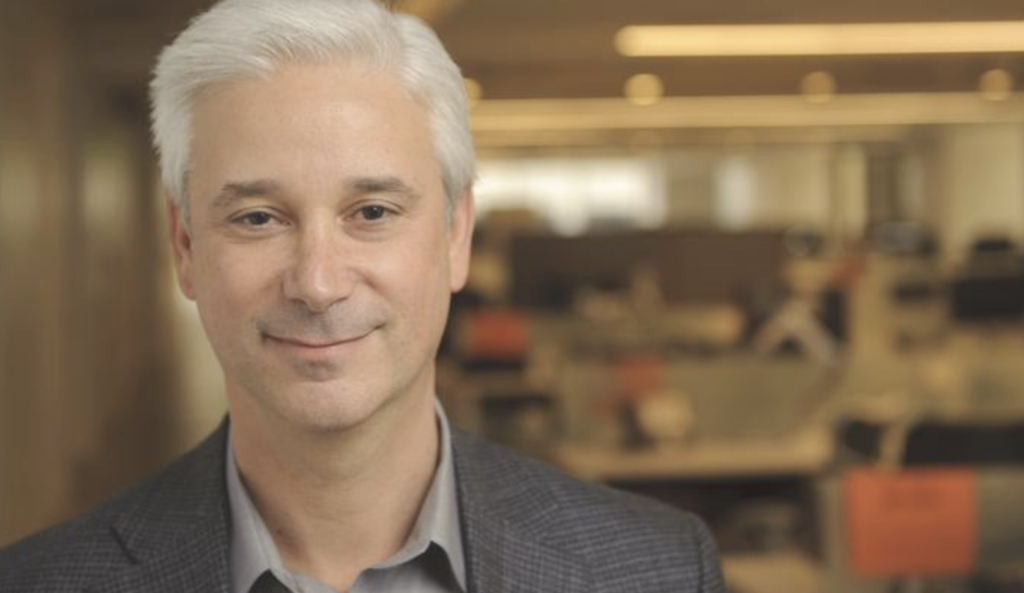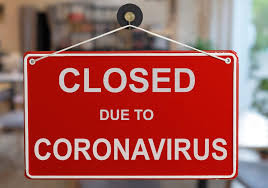Tuesday April 7, 2020 by JLG Admin

Last month, the US Congress created a $350 billion fund to keep small businesses solvent and workers on payrolls, amid widespread commercial shutdowns to try and contain the coronavirus pandemic. Demand for the program is proving to be immense, and there are signs that it could run out of money.
Wells Fargo said Sunday evening that it has exhausted its $10 billion capacity for lending under the SBA’s Paycheck Protection Program as the bank operates under a regulatory asset cap.
In other words, amid the pandemic-induced downturn that has some talking of an impending economic depression, one of the nation’s largest lenders will largely be kept on the sidelines.
“Today, the company continues to operate in compliance with an asset cap imposed by its regulator due to actions of past leadership,” Wells Fargo CEO Charlie Scharf said in a statement Sunday. “While we are actively working to create balance sheet capacity to lend, we are limited in our ongoing ability to use our strong capital and liquidity position to extend additional credit.
The legislation for the Paycheck Protection Program was written quickly and got off on to a rocky start on Friday: The CEO of small business lender Fountainhead said he still had a number of unanswered questions about it and that his company didn’t have a way to submit applications to the Small Business Administration, which is guaranteeing the loans.
Last month, the US Congress created a $350 billion fund to keep small businesses solvent and workers on payrolls, amid widespread commercial shutdowns to try and contain the coronavirus pandemic. Demand for the program is proving to be immense, and there are signs that it could run out of money.
Wells Fargo said Sunday evening that it has exhausted its $10 billion capacity for lending under the SBA’s Paycheck Protection Program as the bank operates under a regulatory asset cap.
In other words, amid the pandemic-induced downturn that has some talking of an impending economic depression, one of the nation’s largest lenders will largely be kept on the sidelines.
“Today, the company continues to operate in compliance with an asset cap imposed by its regulator due to actions of past leadership,” Wells Fargo CEO Charlie Scharf said in a statement Sunday. “While we are actively working to create balance sheet capacity to lend, we are limited in our ongoing ability to use our strong capital and liquidity position to extend additional credit.
The legislation for the Paycheck Protection Program was written quickly and got off on to a rocky start on Friday: The CEO of small business lender Fountainhead said he still had a number of unanswered questions about it and that his company didn’t have a way to submit applications to the Small Business Administration, which is guaranteeing the loans.

Wells Fargo closing its loan window under the special SBA program is likely to stun millions of small business owners across the country that bank with Wells Fargo and were planning to apply this week for the SBA PPP loans that eventually become grants if the money is used to keep employees on the payroll and to pay other eligible expenses.
Small business owners’ lenders and accountants are expecting a wave of loan applications to come in this week for the SBA program that began on April 3.
Bank of America, the first big bank to get up and running, received more than $22 billion of loan requests from 85,000 small enterprises, according to CNBC. Wells Fargo said yesterday that it has already received $10 billion of requests from small businesses, which is enough to exhaust its lending capacity under program.
Getting the money out quickly was sure to be a challenge. The SBA handled about $30 billion of small business lending last year, and now it’s charged with pumping out some ten times that amount as quickly as possible.
Hundreds of lenders were still trying to get approval to access the SBA system after it went live on Friday, according to Independent Community Bankers of America. The agency’s systems were overwhelmed by the traffic, while banks remained “frustrated with a myriad of unanswered questions and lack of clear instruction,” the trade group said. The amount of money available is likely to be far too little.
As the world reels in uncertainty about life and death, America’s small business owners are realizing quickly that there are no options, short term or long term. When Wells Fargo, one of the world’s largest banks, exhausted its disaster resources on the first day the message was clear that no help is coming anytime soon. With no cure on the horizon, no date to possibly reopen, and limited financial lifeline’s, it is only a matter of time before small business owners simply start giving up. An America with its small businesses out of hope and giving up is right around the corner, and the outlook is less than promising.

